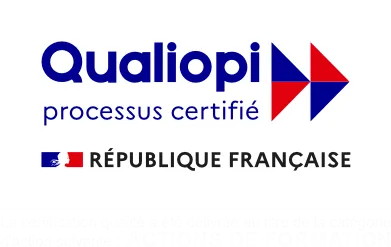Controlling climatic testing through customization: civil and military applications
Objectives
- Understand the principles of the customization approach recommended by AFNOR NFX50-144, CEI 168 and MIL STD 810, STANAG 4370 ...
- Know how to interpret these standards and use data banks to define simple tests, avoiding refuge values that are divorced from reality,
- Apply this methodology to the industrial sector in general,
- Quantify the benefits of this methodology.
Who should attend
Product managers, project managers, technicians and engineers in design offices, responsible for designing, defining climatic test specifications or monitoring equipment qualification test campaigns.
Prerequisites
Hold engineering or technical degree (or equivalent) in the fields of vibration/mechanics/structure.
Technical and teaching resources
Presentation aids for lectures, case, demonstration models, test equipment for practical training courses
Sanction of training
Certificate of completion
Methods of assessment
QUIZ evaluation questionnaire
Presentation
The standards recommending the customization methodology are difficult to use live. The absence of test severities or proposals for safeguards that are divorced from reality are unsettling at first. This training course takes you through the process from start to finish (requirements, test report, etc.)
The presentations guide you through the methodology, step by step, to draw up a test program that is representative of your requirements and how they will be met
Program
1 - Why these standards: NFX50-144, MIL STD 810, STANAG 4370?
- Objectives
- Evolution
- Bibliography
2 - Reminder of test customization methodology on which these standards are based
- Notion of life profile
- Climate data banks and their use,
- Limits of safe havens,
- Pitfalls to avoid,
- Drawing up a test specification,
- Justification of the assumptions applied,
- Drawing up a test program,
- Follow-up of tests and any action required,
- Test report
3 - Practical work
- Based on a specific case:
- Search for solutions to the needs expressed
- Comparison of responses in terms of technical aspects, cost and duration
- Differences between test methods













